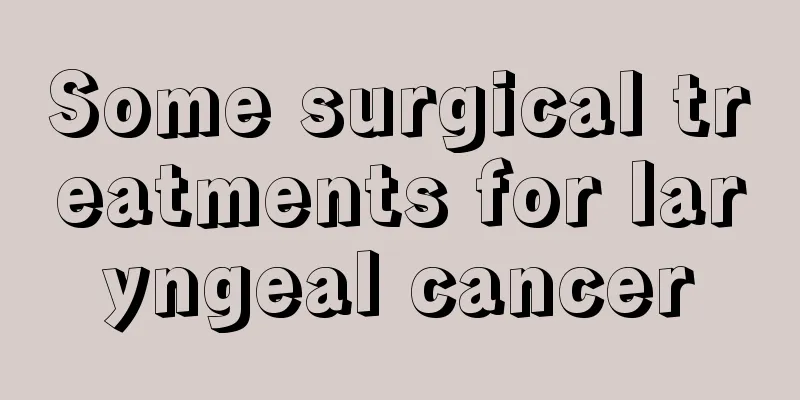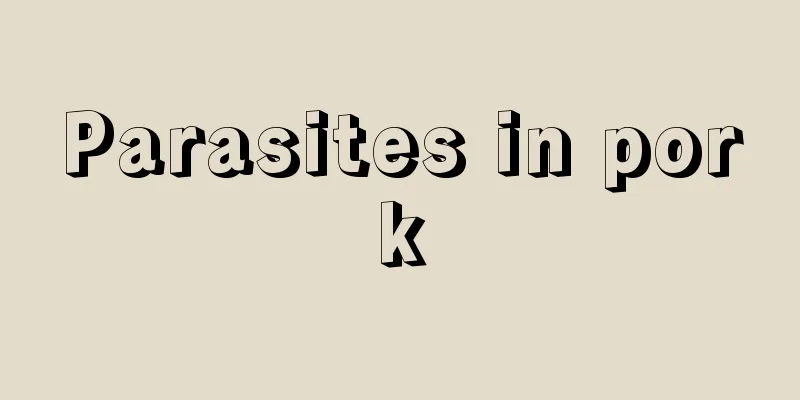Some surgical treatments for laryngeal cancer

|
There are several surgical treatments for laryngeal cancer: (1) Laryngeal cleft tumor resection: It is suitable for unilateral early glottic cancer, when the tumor has not invaded the anterior commissure and the vocal cord activity is normal. The entire vocal cord on the affected side is resected, and the mucosal edges are directly pulled together and sutured. It can also be repaired with strap muscles. (2) Vertical lateral anterior laryngectomy: It is suitable for patients with unilateral vocal cord membranous cancer that invades the anterior commissure and has normal vocal cord activity. The resection range is the anterior 1/3 to 1/2 of the alar plate of the affected thyroid cartilage, the anterior 0.5 to 1 cm of the contralateral thyroid cartilage, the affected vocal cord, laryngeal ventricle, ventricular zone, anterior commissure and the anterior 1/3 of the contralateral vocal cord. The wound surface is usually repaired with a cervical myocutaneous flap and a cervical strap muscle perichondrium. (3) Epiglottic resection: It is suitable for early-stage epiglottic apex cancer. The epiglottis and pre-epiglottic space can be resected, and the wound surface can be directly sutured after resection. (4) Supraglottic laryngectomy: It is suitable for patients with supraglottic cancer limited to the epiglottis, ventricular floor and anterior commissure. The resection range includes the epiglottis, pre-epiglottic space and the upper 1/3 of the thyroid cartilage. (5) Horizontal vertical partial laryngectomy (3/4 laryngectomy): It is suitable for patients with supraglottic laryngeal cancer that has invaded one vocal cord or vocal cord cancer that has invaded the supraglottic area, but the contralateral vocal cord has no lesions or only the anterior 1/3 is invaded. The resection range includes the entire epiglottis, the affected ventricular band, laryngeal ventricle, vocal cords, arytenoid cartilage, arytenoid cartilage folds, thyroid cartilage plate, the entire pre-epiglottic space and the laryngeal tissue above the contralateral vocal cord and the corresponding thyroid cartilage plate. (6) Total laryngectomy: It is suitable for ① patients with laryngeal cancer or hypopharyngeal cancer who cannot undergo partial laryngectomy; ② patients with cancer recurrence after partial laryngectomy; ③ patients with T4 laryngeal cancer that involves and perforates the thyroid cartilage; ④ patients with glottic cancer that extends downward by more than 1.5 cm; and ⑤ elderly and frail patients with lung disease. (7) Neck dissection is performed for patients with cervical lymphadenopathy. |
<<: Traditional Chinese Medicine Treatment Methods for Laryngeal Cancer
>>: Pathological classification of laryngeal cancer
Recommend
Is the cure rate for recurrence of uterine cancer high?
Uterine cancer is one of the most common malignan...
What is the method of making handmade soap at home
In recent years, DIY handmade soap has become pop...
What's going on with the chloasma all over my face
A face full of chloasma has plunged many women in...
Early radiotherapy cycle for nasopharyngeal carcinoma? A quick look at the health guide
🔎Nasopharyngeal carcinoma, this term that sounds ...
What is the difference between obstructive pneumonia and lung cancer?
Lung cancer is a malignant tumor that manifests a...
How to prevent lung cancer through diet? Pay attention to these 4 points in diet to prevent lung cancer
Many other studies have also shown that drinking ...
How to relieve liver damage caused by drugs
In fact, there are many drugs now that will damag...
What are the steps to make handmade milk soap?
Most families have soap, which can be used when c...
What drugs are good for chemotherapy of gastric cancer?
What drugs are good for chemotherapy of gastric c...
Hospital disinfection and hygiene standards
We all know that hospitals are places full of pat...
Normal value of low-density lipoprotein and reasons for high value
Low-density lipoprotein is a laboratory data. We ...
Vegetables rich in crude fiber
You should eat more crude fiber foods on a daily ...
How to protect liver function after interventional treatment for liver cancer? 5 ways to protect liver function after interventional treatment for liver cancer
Currently, there are many methods for treating li...
What is the reason for continuous yawning?
Frequent yawning is usually caused by lack of sle...
How to effectively treat esophageal cancer in the 80s
The treatment effect of esophageal cancer in the ...









